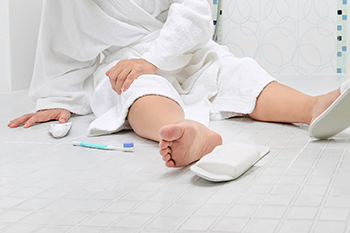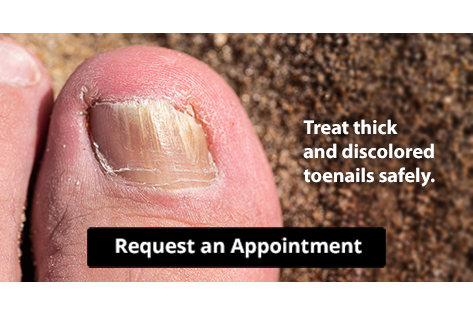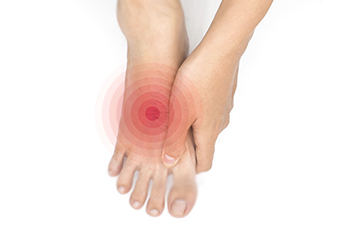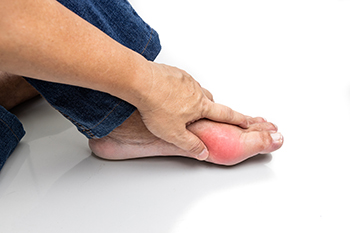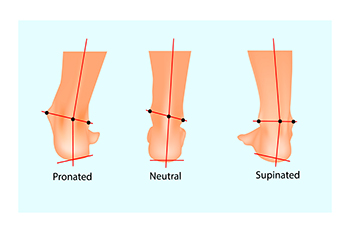
One of the main causes of poor foot posture is overpronation. This condition occurs when your gait, or how you walk or run, causes the arch of the foot to flatten. This can cause the ankle to roll inward, instead of remaining straight, and puts stress on the muscles, tendons, and ligaments that support the foot arches. The result is a flattening of the feet. However, flat feet are a different matter entirely. Flat feet, or pes planus, are the collapse or absence of the arch. This condition is common among women over 40, pregnant women, in addition to people who are overweight or have certain medical conditions. Pregnant women are also at risk of overpronation, as the result of gait changes due to a redistribution of their weight. Obesity or walking for long periods of time can also contribute to overpronation. Furthermore, patients whose feet are already slightly flattened are more apt to develop overpronation. If you believe that you may be suffering the effects of overpronation or flat feet, it is suggested that you make an appointment with a podiatrist for a gait analysis and an examination of the arches.
If you have any concerns about your feet, contact one of our podiatrists from Comprehensive Foot & Ankle Center of South Jersey. Our doctors can provide the care you need to keep you pain-free and on your feet.
Biomechanics in Podiatry
Podiatric biomechanics is a particular sector of specialty podiatry with licensed practitioners who are trained to diagnose and treat conditions affecting the foot, ankle and lower leg. Biomechanics deals with the forces that act against the body, causing an interference with the biological structures. It focuses on the movement of the ankle, the foot and the forces that interact with them.
A History of Biomechanics
- Biomechanics dates back to the BC era in Egypt where evidence of professional foot care has been recorded.
- In 1974, biomechanics gained a higher profile from the studies of Merton Root, who claimed that by changing or controlling the forces between the ankle and the foot, corrections or conditions could be implemented to gain strength and coordination in the area.
Modern technological improvements are based on past theories and therapeutic processes that provide a better understanding of podiatric concepts for biomechanics. Computers can provide accurate information about the forces and patterns of the feet and lower legs.
Understanding biomechanics of the feet can help improve and eliminate pain, stopping further stress to the foot.
If you have any questions please feel free to contact our offices located in Cherry Hill, Voorhees, Atco, and Turnersville, NJ . We offer the newest diagnostic and treatment technologies for all your foot and ankle needs.
